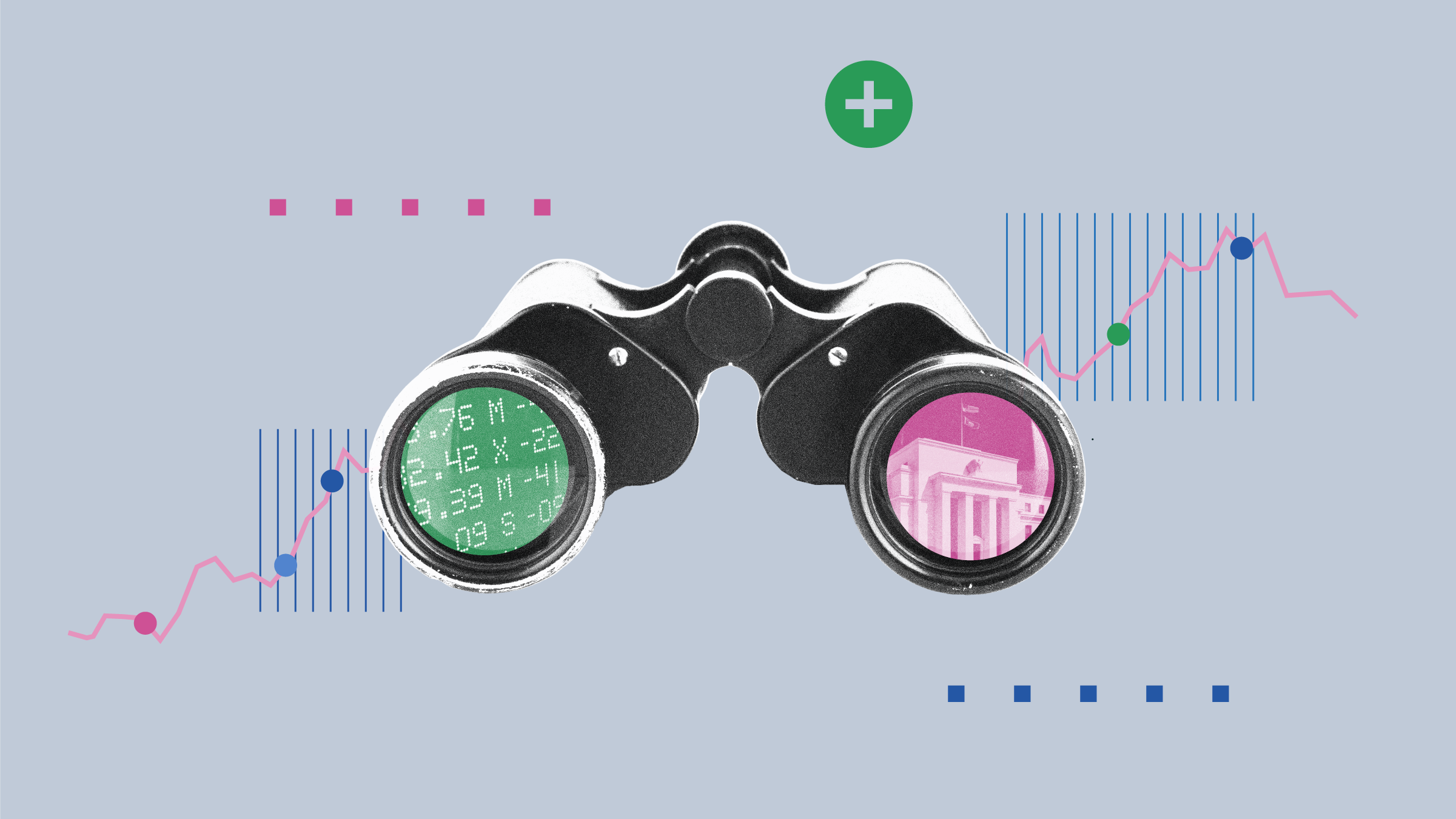Sara Silano: Government bonds are returning to investors' portfolio and more and more this is being done through ETFs. Today, I'm joined by José Garcia-Zarate, Associate Director of Passive Strategies Research at Morningstar, to talk about investing in government bond with ETFs.
José, thank you for being here today. What are the pros and cons of investing in government bonds with ETFs?
José Garcia Zarate: Government bonds will be typically used as a core building block in your portfolio. That basically means that you are going to keep them for the long term. And from that perspective, keeping a very tight rein on management costs is going to be the crucial factor that makes ETFs an ideal vehicle to gain access to the market. And also, I would say that government bonds, particularly from developed markets, are very highly liquid and easy to replicate. And there are very few opportunities for active managers to offer value, significant value, over extended periods. And that's made passive vehicles such as ETFs a default option for investors.
I guess that the potential drawback of using an ETF is that because they track an index, they don't offer the flexibility of adjusting to the short-term variations of the markets. But I would say that that's more of a concern if you have an investment horizon which is very short term. Over the long term, basically the cost consideration comes into the equation and ETFs are really the best option.
Silano: And how to select the best government bond ETFs?
Garcia-Zarate: The selection process of an index tracking vehicle must always, and I stress, always, start with the index, because the index represents the investment proposition that you're going to buy. So, I'd say that if you're investing for the long run, then you're more likely to be better serve with indexes that cover the full maturity spectrum and all the issuing countries of a certain area, for example, of the Eurozone, because diversification is going to help you minimize the key risks of investing in bonds, which are interest rate risk and the credit risk affecting the issuers. But even if you're investing for the short term as a tactical allocation for specific duration or whatever, the selection process would still exactly be the same. You always have to start understanding the index, because that's the investment proposition.
And then once you're happy with the index, you can go and study the specific aspects of the ETFs themselves, whether how they go about replicating the performance of the index, whether the domicile of the ETF suits you, and crucially the costs of buying and maintaining the ETF inside the portfolio.
Silano: And what are your three best choices on the Euro government bond ETFs?
Garcia-Zarate: We actually have a very favorable view of ETFs that cover the entire maturity spectrum of all the issuing countries of the Eurozone. And this is basically for investors who are looking for, as I said, for a core building block for the long term in their portfolios. And in fact, several of these ETFs come with a Morningstar medalist of Gold. So, for example, we have the iShares Core € Govt Bond ETF (IE00B4WXJJ64), which is the largest in the category and charges 9 basis points. Also, with 9 basis points, we have Xtrackers Euro Government bond ETF (LU0643975591).
And if you want something that's slightly cheaper, we've got one from Vanguard (IE00BZ163H91) and another one from Amundi (LU1931975152). The Vanguard one charges 7 and Amundi charges only 5 basis points. So, I'm giving you four instead of three. But it is basically to signify that investors have plenty of choices in this market. And as I said, they all carry a Morningstar medalist rating of Gold. So, we've got a high opinion of them.
Silano: José, thank you very much for coming here today. For Morningstar, I'm Sara Silano.








.jpg)


















